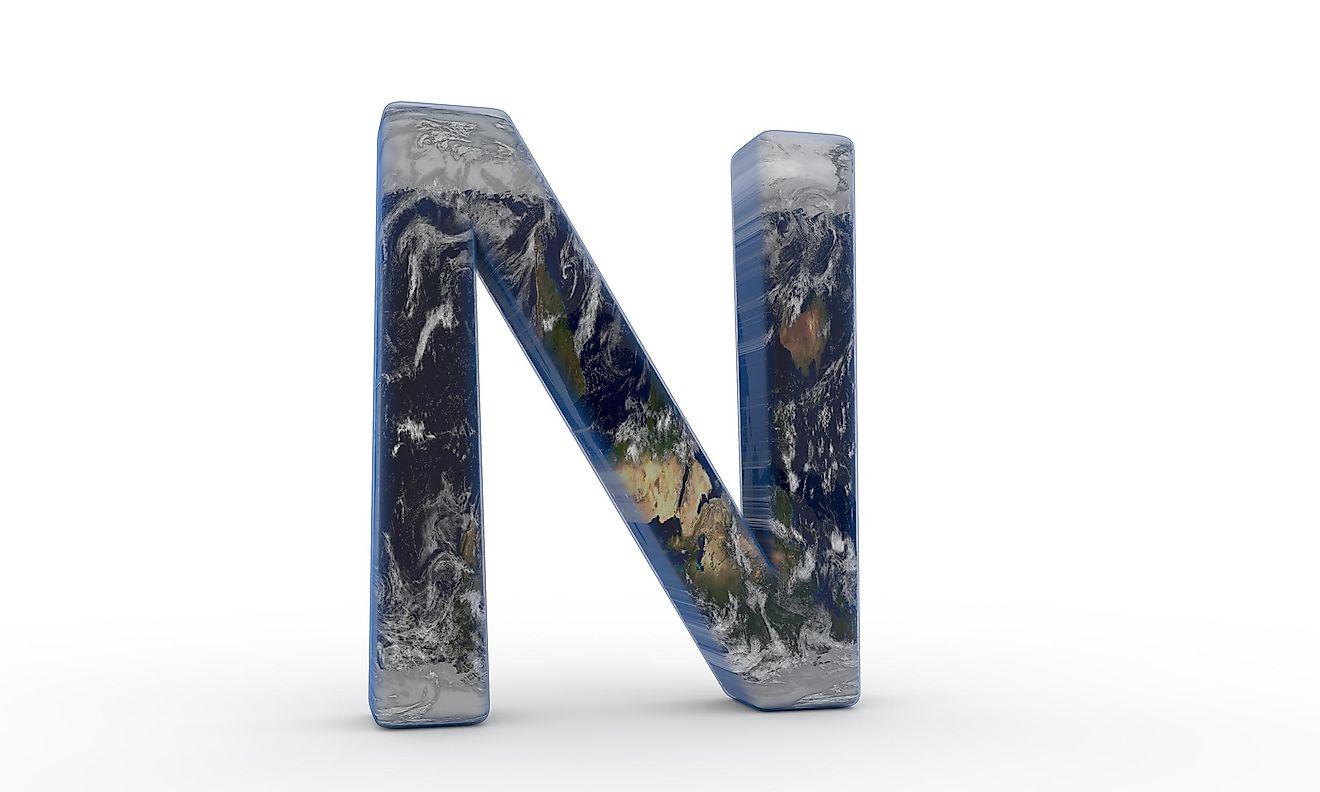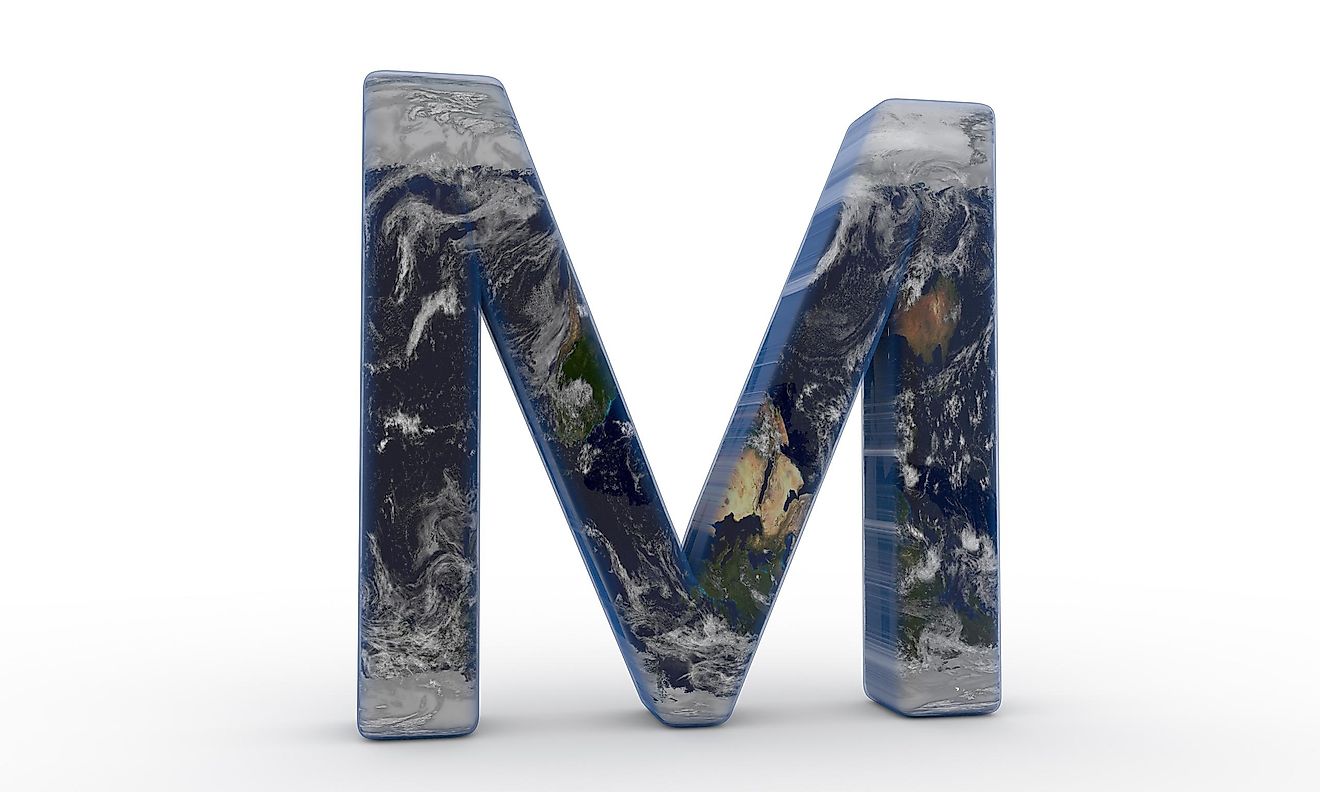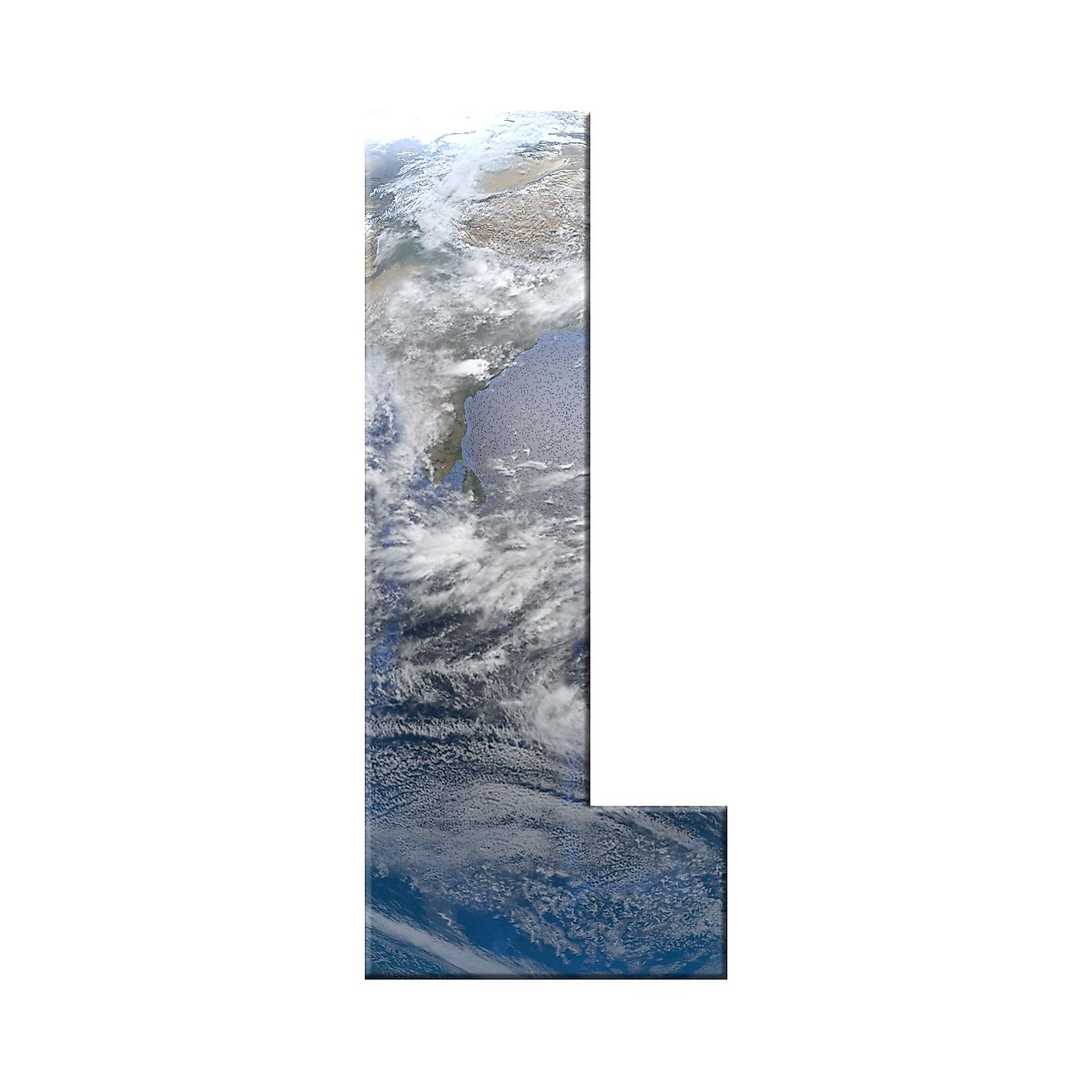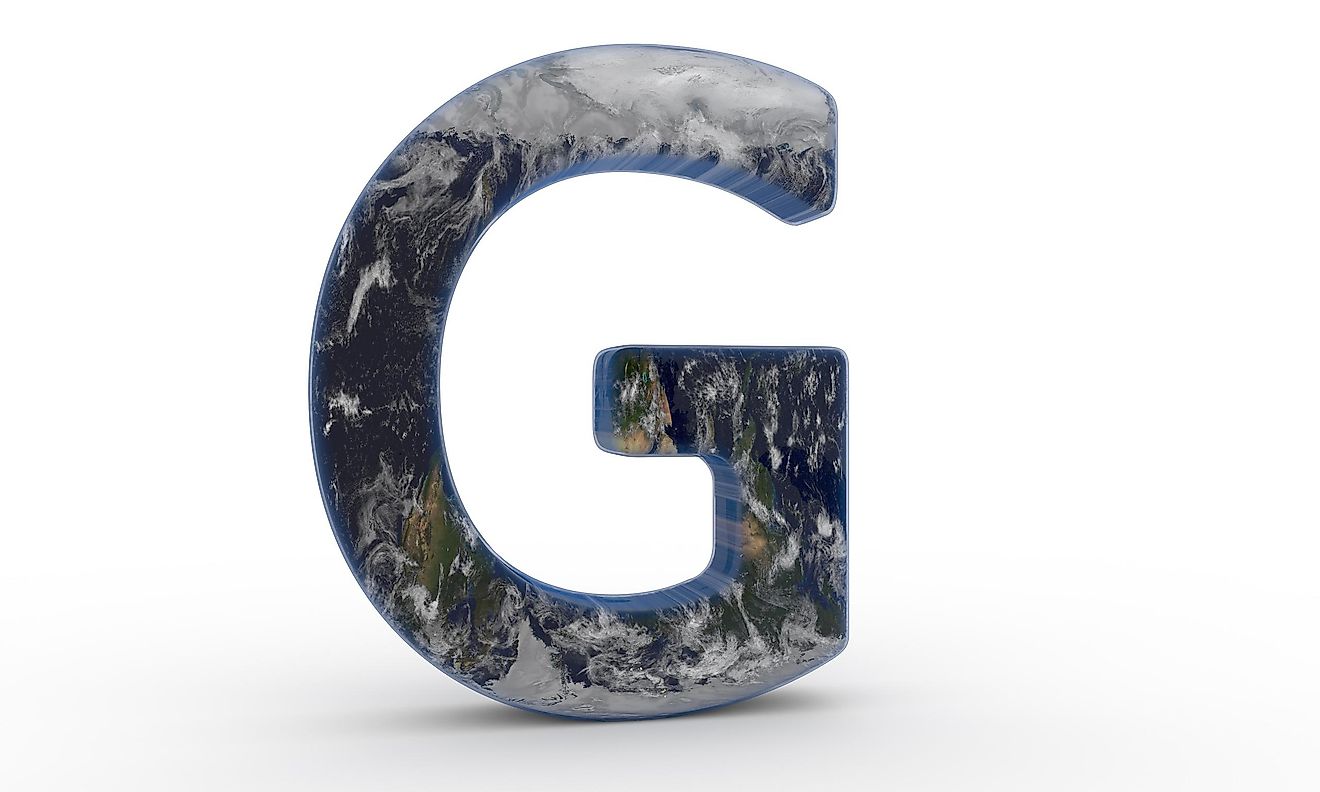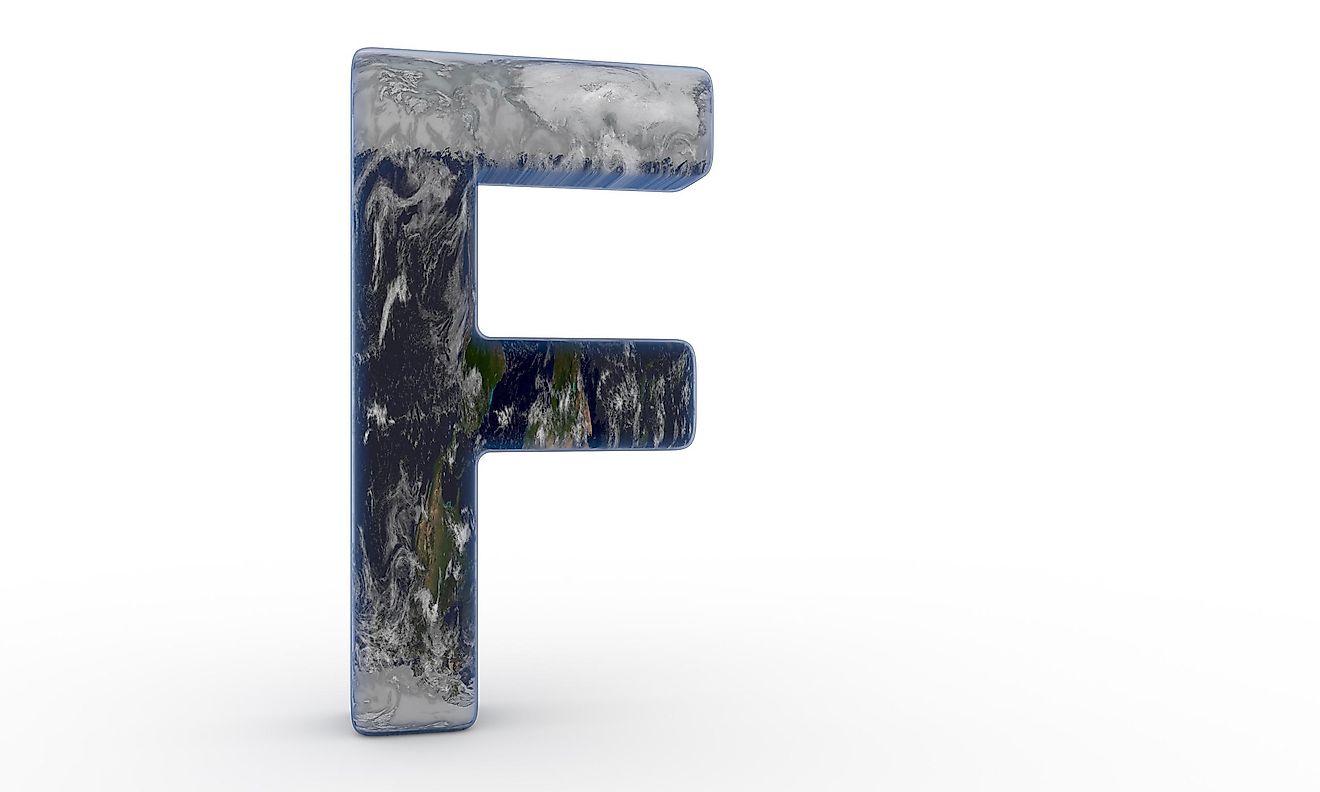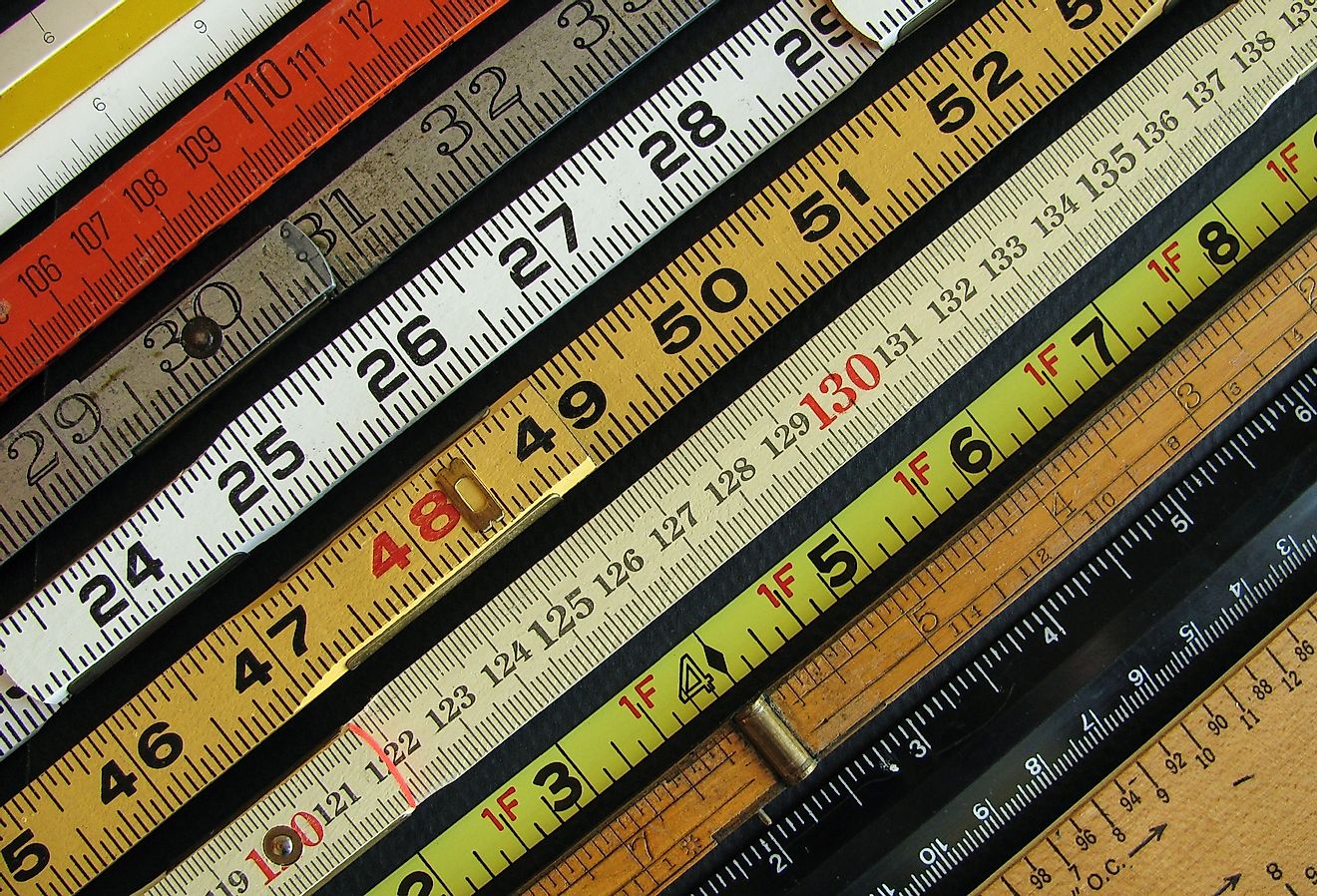
Countries That Start With The Letter O
Only one of the world's 195 countries, Oman, has a name that starts with the letter "O." Interestingly, the "O" sound which begins the name of this country is a sound that is also used in about 60% of all languages.
In English, the "O" sound shows up in roughly 7.68% of words, according to researchers at Cornell University. Oman, at a glance, has a population 4.6 million people and a land area of 119 thousand mi2, and sits in a fairly arid section of the Middle East. The story of how this country got its name starting with "O" is quite interesting, so, keep reading to find out more.
Oman
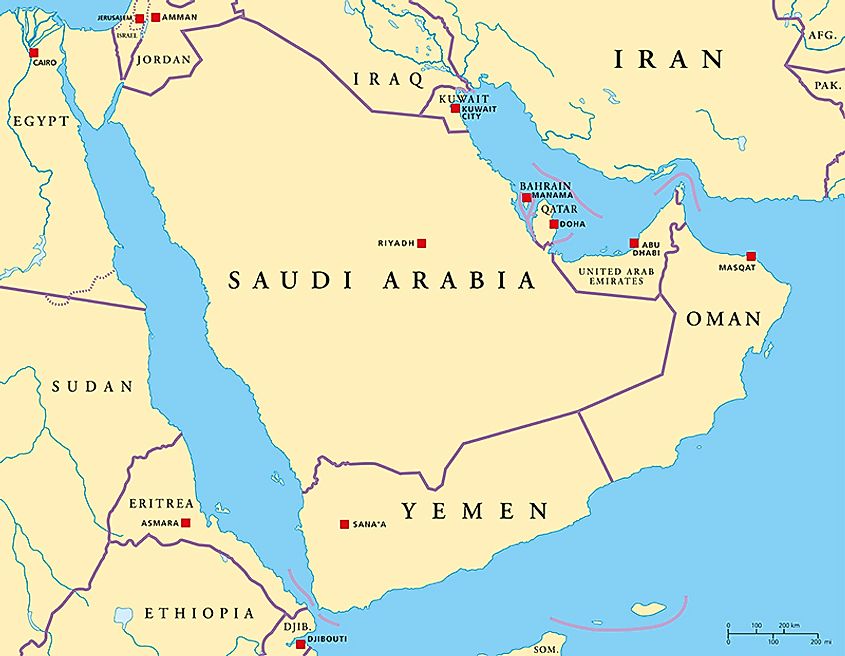
It is not entirely clear where the name Oman comes from. The region has been under the control of various kingdoms, empires, and tribes over the centuries. Leading theories suggest that Oman simply derives from a Yemeni tribe that once ruled the area. But nothing concrete has ever been agreed upon.
Oman is located in the Arabian Peninsula in the Middle East. Oman borders the United Arab Emirates, Yemen, and Saudi Arabia. Oman is an incredibly hot and arid country and experiences some of the lowest levels of annual rainfall in the world.
Oman has a long coastline along the Arabian Sea and the Persian Gulf. These waterways are vital to Oman for both trade and travel. Its largest city, Muscat, can be found in the north of the country, hugging the Persian Gulf.
History
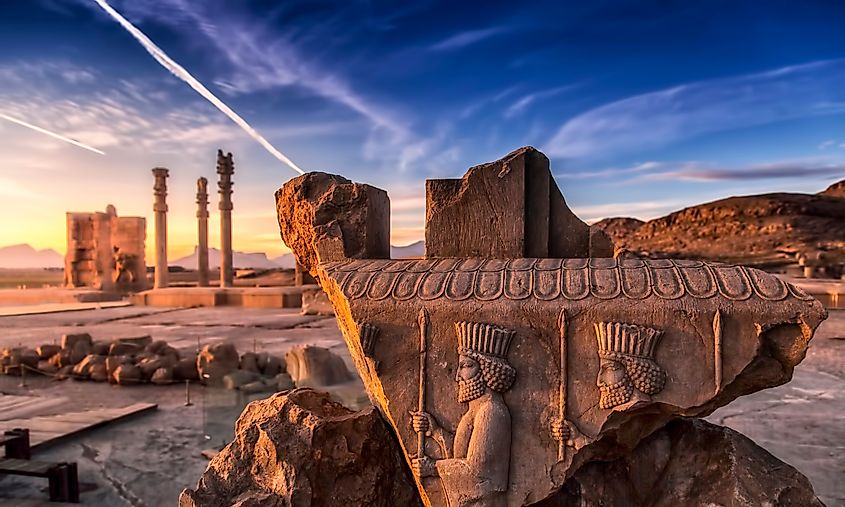
Oman has always been a tribal society. The oldest records of Oman mention the area being populated with nomadic or semi-nomadic peoples who lived in small tribes or bands. In the first century AD, the Persians, under the banner of the Parthians, partially colonized the area. The Persians introduced a new irrigated system to the region, allowing large settlements to be born.
The frankincense trade in Oman was incredibly lucrative at the time. Setting off along trade routes heading into the Persian Empire and Roman Empire, the sale of this rare good made many Omani merchants rich as a result.
From 1507 until 1650, the Portuguese colonized parts of Oman and designated Muscat as the main administrative town. The Ottoman Turks temporarily captured Muscat in 1581, drove away the Portuguese, and remained until 1588. The area was then recaptured by the Persians in the 1730s.
The Persians were then driven out by Aḥmad ibn Saʿīd, the ruler of Ṣuḥār. This established the Al Said dynasty, who still rule over Oman to this day.
Culture
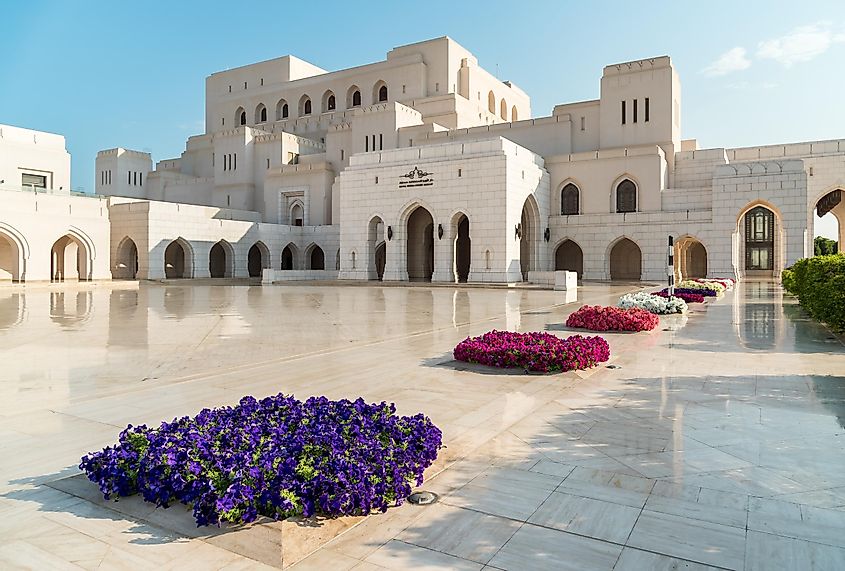
The capital of Oman is Muscat. The official language of Oman is Arabic, and the Omani Rial is the national currency. Islam is the majority religion, with over 85% of Omanis belonging to some sect of Islam. The other religious minorities are largely made up of Christians and Hindus.
Per most Islamic societies, Omani culture tends to be quite conservative by Western standards. Women are encouraged to cover their faces and hair whereas men wear the traditional dishdashah, a long cotton robe. Men often carry a dagger called a khanjar that is usually stored on a belt or tucked into the waist.
The tribal system is still a prominent force within Omani culture. Kinship and brotherhood amongst fellow tribesmen are heavily valued and cherished. Adherence to the tribal lifestyle is more common in the rural regions of Oman, but you can still see its effects in large cities.
Economy
Tourism in Oman is an important industry and is expected to grow in the coming years. The country has several cultural and iconic tourist attraction sites. The main tourist activities include diving and water sports along Al-Sawadi beach, and watching marine wildlife along the coasts like turtles, dolphins, and birds. Tourists often come to see the sea turtles return every year from the Indian Ocean to lay eggs.
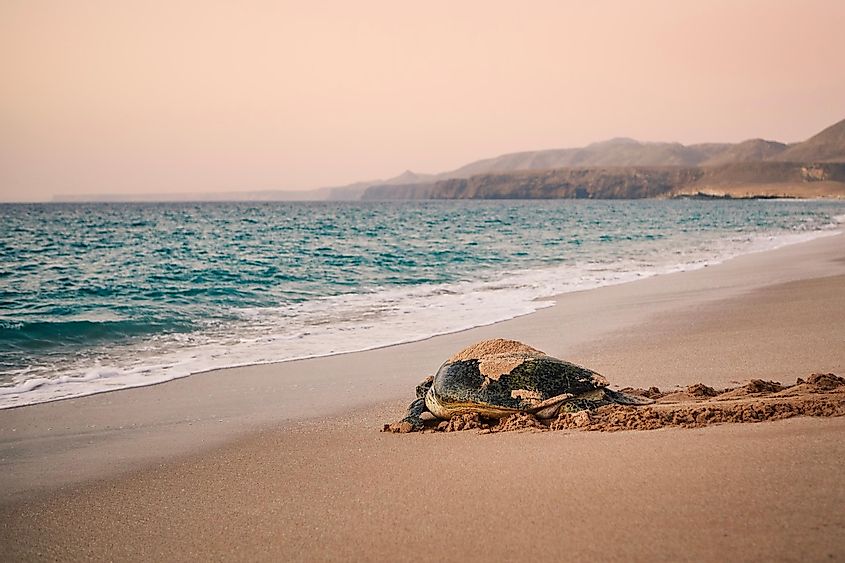
Oil is another staple of the Omani economy. While its reserves are far from being on the levels of some of its neighbors, it still produces an impressive amount each year. Oil exports, along with other natural resources, have done wonders about the development of Oman in recent decades.
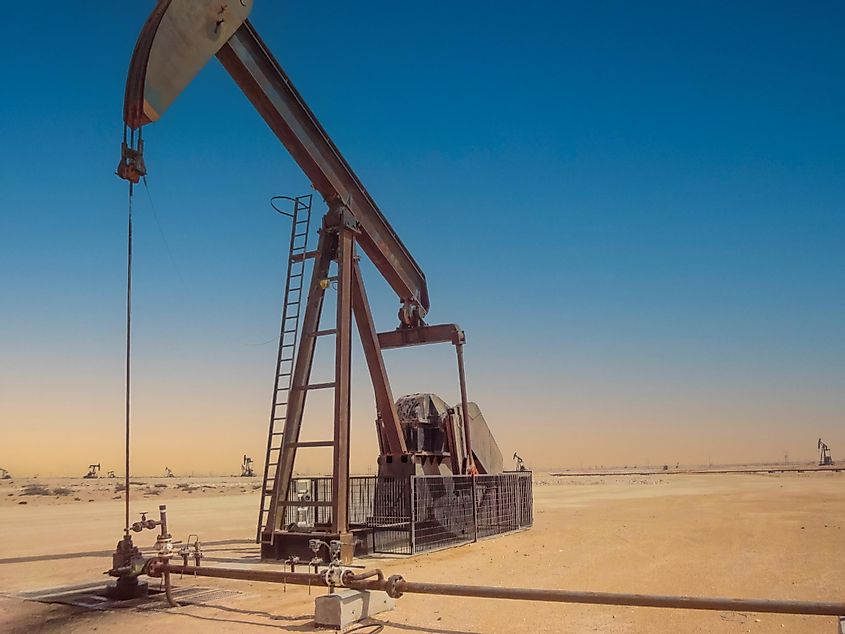
The majority of the Omani economy is still reliant on agricultural output. Tropical fruits such as dates, bananas, lime, and mangos are just some of the kinds of fruit that are exported from Oman each year. Even though Oman has very little in the way of rainfall, the Omani government has managed to improve irrigation to such a level that what crops grow can produce quality products.
Final Thoughts
Oman is the only country on Earth that begins with the letter O. Oman is a country that is often overlooked by other countries in the region, but it is one of the best-kept secrets of the Middle East. Rich in culture and history, it is no wonder why Oman has transformed into a tourist hotspot overnight.

